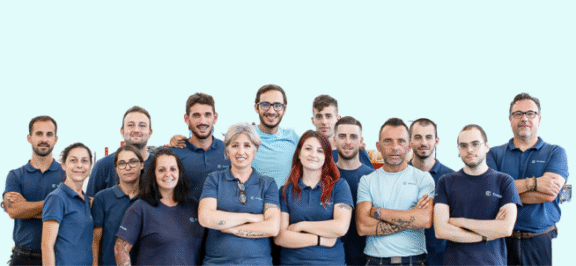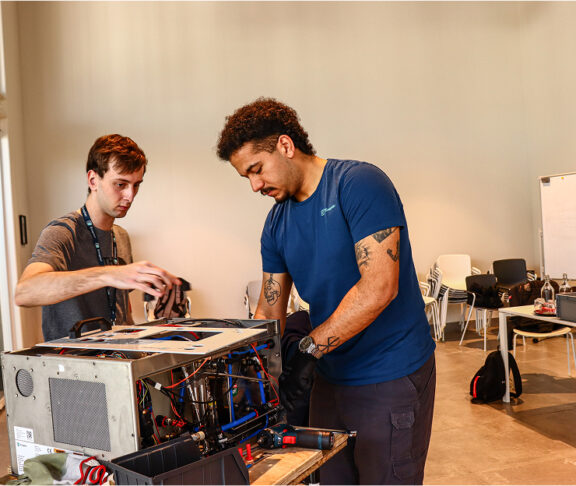_FAQs
Diese Seite ist derzeit in der von Ihnen ausgewählten Sprache nicht verfügbar. Wir entschuldigen uns für die Unannehmlichkeiten und danken Ihnen für Ihr Verständnis.
Um Antworten auf die häufigsten Fragen zu unseren Produkten, der AEM-Technologie und unserer EMS-Software zu erhalten, klicken Sie bitte auf die Schaltfläche unten, um auf Englisch fortzufahren.




